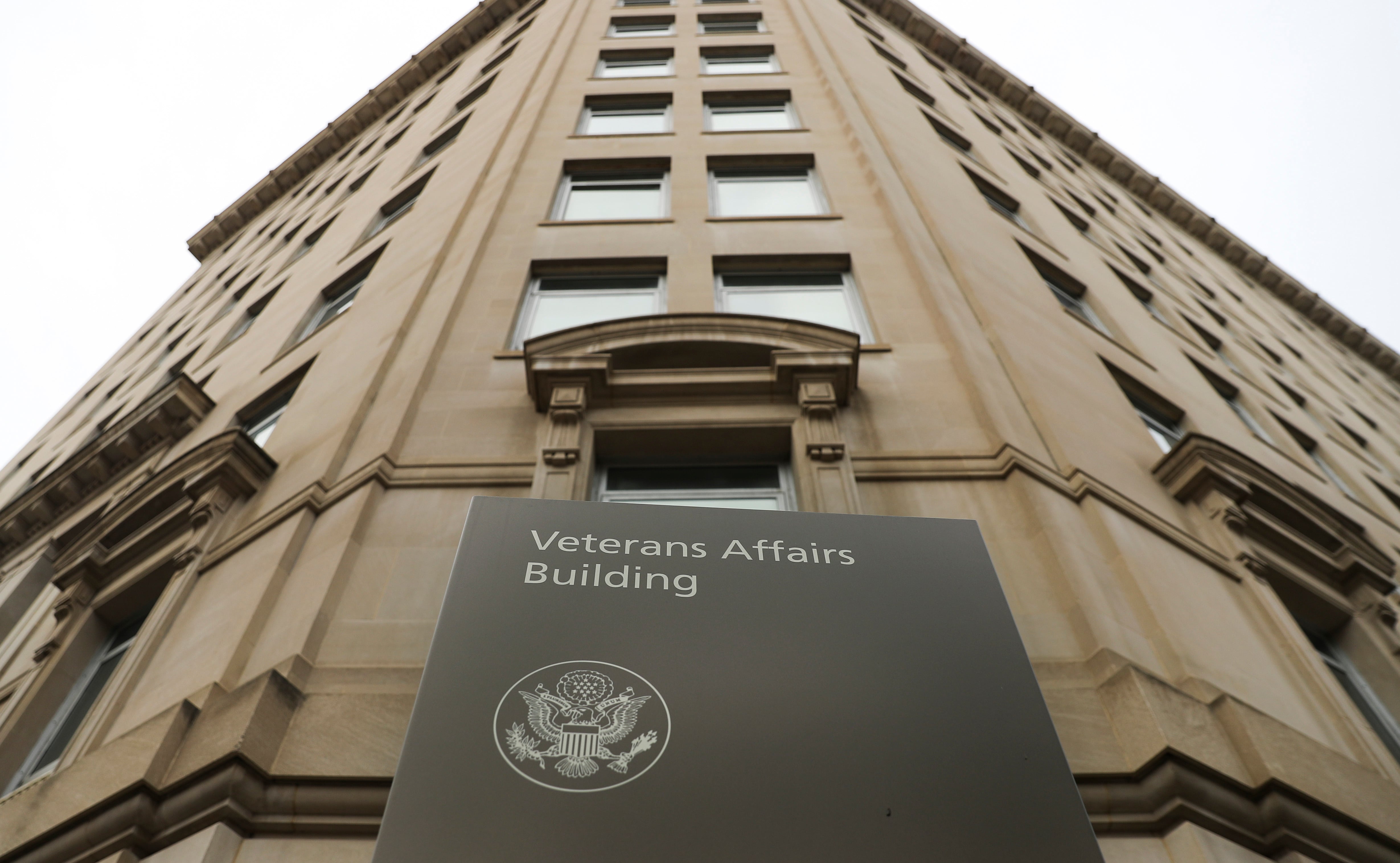The Air Force will revamp its standard aircrew helmet beginning next year after two a pair of Ccongressionally mandated reports identified increased risks among pilots who wear helmet-mounted gear during ejections.
The Defense Department Inspector General this month released a report on ejection seat safety among pilots wearing advanced helmet sensors.,which stated that pPilots do face more danger ejecting while wearing gear such as a helmet-mounted display unit or night vision goggles, the report said. While the risk is within airworthiness criteria what does this mean?mh, the Air Force should continue to evaluate technology to improve overall safety of pilots, the IG said.
The Air Force reached similar conclusions in a report followed a similar one from the Air Force, filed to Congress in May. It 2014, that found the addition of helmet-mounted devices on the standard aircrew helmet "contributes to the likelihood of injury or death during a high-speed ejection sequence."
The Air Force Research Laboratory found that heavier helmets increased forces on the pilot's neck during ejection. Just 1.5 more pounds added to a helmet increases neck force by 20 percent during parachute deployment, according to the Air Force report. Lighter pilots are 32 percent more likely to experience neck injury during high-speed ejections with helmet-mounted displays. Female pilots experienced 14 to 18 percent greater neck stresses during ejection sequences.
While the risk is within the minimum criteria acceptable for flight, the Air Force should continue to evaluate technology to improve overall safety of pilots, the IG said.
The Air Force has tried to revamp its helmets before to address these issues. In 2008, the service began a program called the Modular Aircrew Common Helmet, spending $10.1 million to develop a safer fixed-wing standard helmet. However, the program ended in 2011 however when the contractor could not meet performance requirements. The service plans to restart this program next year, according to the Air Force report.
There have been 25 ejections involving helmet-mounted devices since they first entered service in the early 1990s, according to the Air Force. Of those, six resulted in fatal injuries. Four of those sixwith devices occurred at air speeds exceeding more than 450 knots equivalent air speed, which is the maximum within regulations for ejections.
Congress directed both the Air Force and Defense Department Inspector General to review ejection safetythe systems helmets or ejection seats or both?mh, first the Air Force in the fiscal 2014 defense authorization bill and the IG in the 2015 bill. The directions came following the fatal 2013 ejection of an Air Force pilot off the coast of Italy.
On Jan. 28, 2013, Capt. Lucas Gruenther, the head of flight safety for the 31st Fighter Wing at Aviano Air Force Base, Italy, ejected during a training sortie over the Adriatic Sea. Gruenther, who was experiencing spatial disorientation, ejected outside of the standard limits for ejection seat systems and was wearing night-vision goggles. He ejected flying 569 knots and wearing night-vision goggles at a dive angle of 16 degrees and an 18 degree left bank. He immediately lost his helmet and was not level, causing a snap back of 40 Gs when his drogue chute deployed, according to an Air Force investigation. The forces caused severe head and neck trauma.
Overall, fFrom August 1978 to January 2014, there have been 468 ejections from Air Force aircraft with the standard ACES II ejection seats. There is a non-fatal rate of 91 percent, however 25 of 29 ejections above 450 knots caused major or fatal injuries.
The ACES II seats are the most common ejection seats in the Air Force, and are used in the A-10, B-1, B-2, F-15, F-16 and F-22.
Lighter pilots are 32 percent more likely to experience neck injury during high-speed ejections with helmet-mounted displays. The Air Force Research Laboratory found that heavier helmets increased forces on the pilot's neck during ejection. Just 1.5 more pounds added to a helmet increases neck force by 20 percent during parachute deployment and female pilots experienced 14 to 18 percent greater neck stresses during ejection sequences.
The Air Force has tried to revamp its helmets before to address these issues. In 2008, the service began a program called the Modular Aircrew Common Helmet, spending $10.1 million to develop a safer fixed-wing standard helmet. However, the program ended in 2011 however when the contractor could not meet performance requirements. The service plans to restart this program next year.
The Defense Department Inspector General found that the Joint Service Specification Guide used by both the Navy and Air Force as a handbook for ejection processes had not been updated since 1998, despite changes in policy and technology. In addition, the IG agency recommended that the services increase training on ejection procedures and ensure that they continue to keep accurate and precise documentation of ejection data during ejection events.
Congress directed both the Air Force and Defense Department Inspector General to review the systems, first the Air Force in the fiscal 2014 defense authorization bill and the IG in the 2015 bill. The directions came following the fatal 2013 ejection of an Air Force pilot off the coast of Italy.
On Jan. 28, 2013, Capt Lucas Gruenther, the head of flight safety for the 31st Fighter Wing at Aviano Air Force Base, Italy, ejected during a training sortie over the Adriatic Sea. Gruenther, who was experiencing spatial disorientation, ejected outside of the standard limits for ejection seat systems and was wearing night-vision goggles. He ejected flying 569 knots and wearing night-vision goggles at a dive angle of 16 degrees and an 18 degree left bank. He immediately lost his helmet and was xxx (simplify here)mh in the process and at a yaw, causing a snap back of 40 Gs when his drogue chute deployeding, according to an Air Force investigation. The forces caused severe head and neck trauma.





